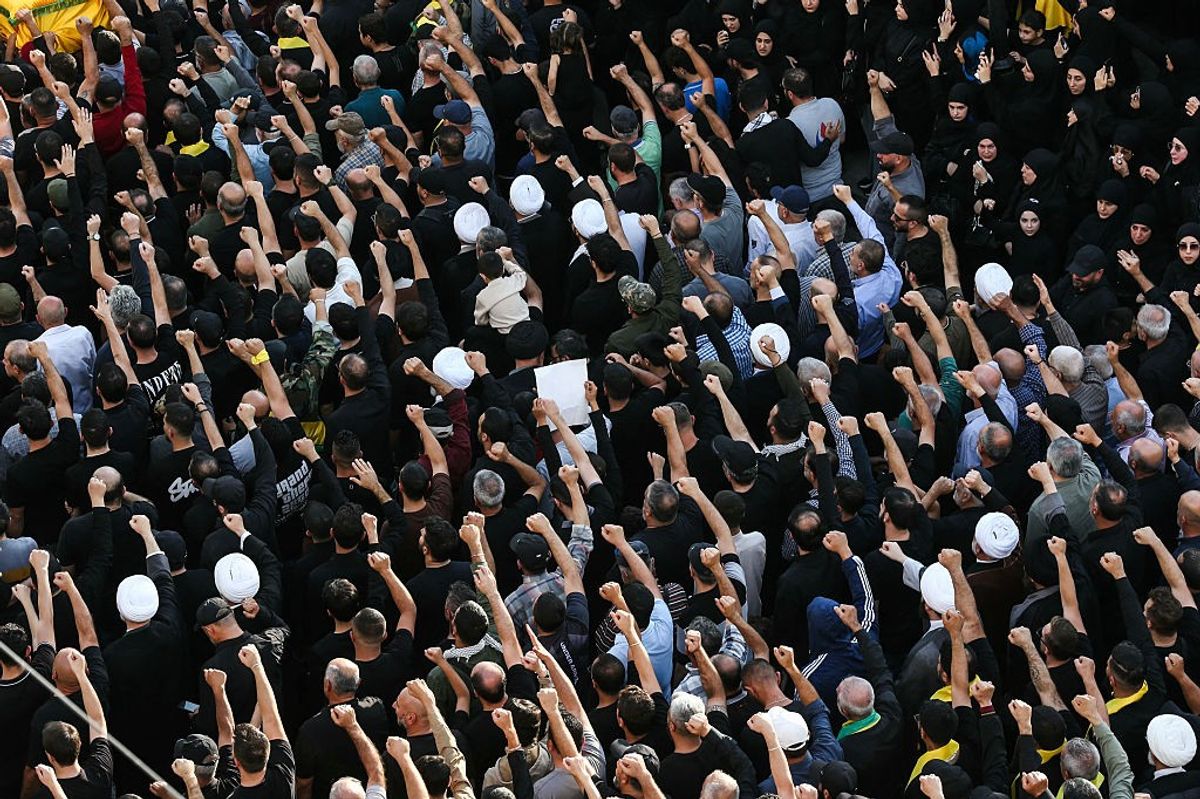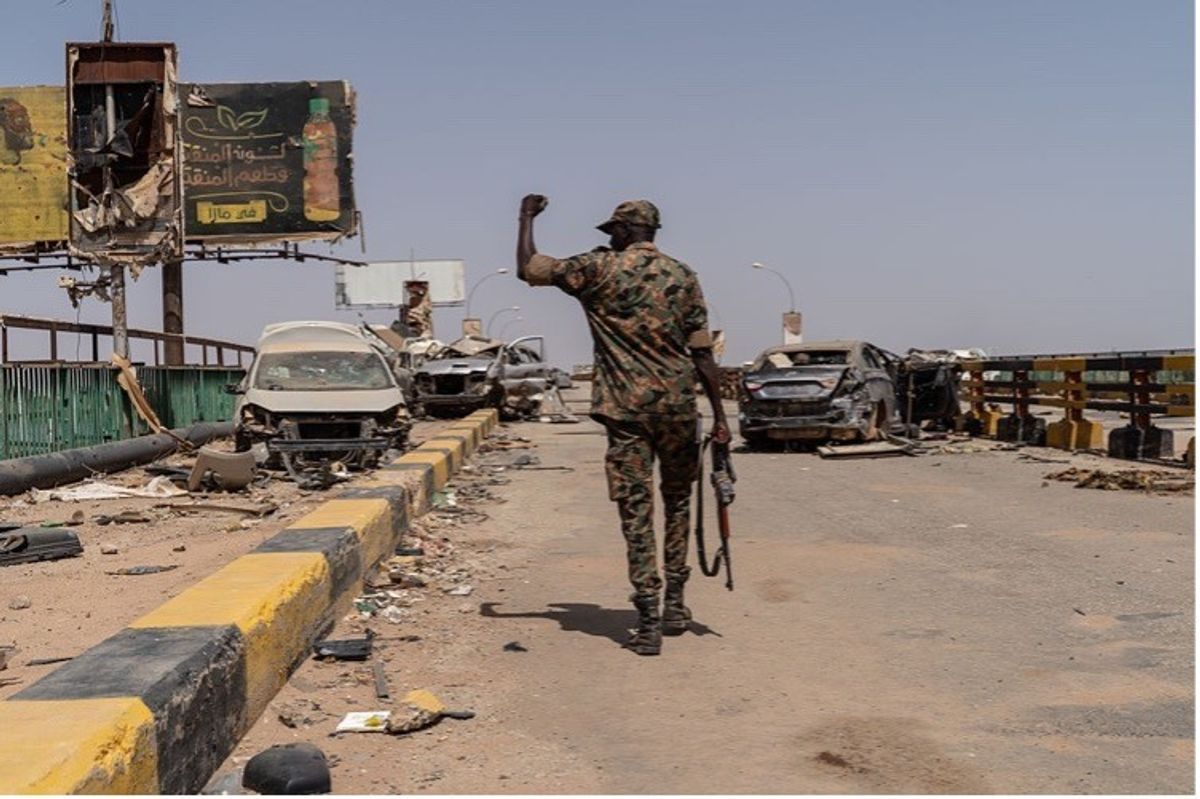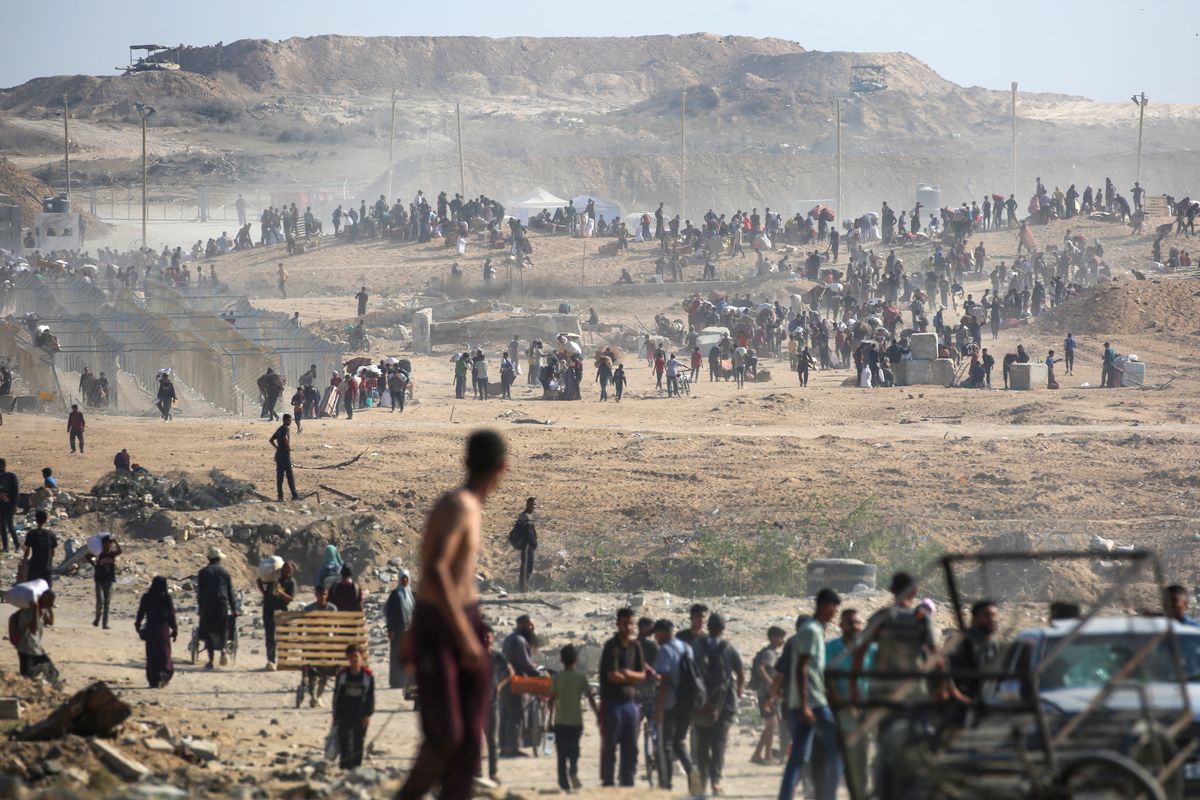SUBSCRIBER+EXCLUSIVE ANALYSIS — No one could have imagined the horror that unfolded in the early hours of October 7, across a small stretch of southern Israel. And few could have foreseen the suffering that has come to Gaza in the six months since, or the consequences that have rippled beyond Israel and Gaza, through much of the Middle East.
1200 Israelis died on that day, young children and babies among them. Women and girls were raped. 253 people were seized and brought to Gaza as hostages - young children in that group as well. Israel declared war on Hamas, vowing to destroy the group, and six months later, more than 33,000 Palestinians have been killed in Gaza, according to estimates from the health ministry there.
While the Israeli Defense Forces (IDF) have degraded Hamas’ capabilities, the group continues to fight, and nearly all efforts at diplomacy have failed. Meanwhile, Israel has suffered huge losses in terms of respect and prestige on the global stage, and in Gaza itself there is no end in sight to the war nor any clear notion of what will come after.
Hassan Abbas, Distinguished Professor of International Relations at the National Defense University, said the last six months have shown the costs of failing to deal with the Middle East’s “simmering conflicts” until it was too late.
“The death and destruction that we have seen in this war, and the glaring moral depravity of October 7, are unlike anything we have seen in modern times,” Abbas told The Cipher Brief. “The core lesson is that it is critical to sincerely aim to resolve simmering conflicts rather than trying to simply manage such conflicts.”
Six months later, The Cipher Brief asked a dozen experts for their reflections on what has happened since that October morning. Those reflections vary widely, but all point to seismic changes that began when the Hamas gunmen breached the barriers, and poured into Israel.
Missions not yet accomplished
On the day after the attack, Israeli Prime Minister Benjamin Netanyahu vowed that Israel would destroy Hamas and bring all the hostages to safety. Six months later, neither mission has been accomplished.
“Israel has not yet achieved the objectives Prime Minister Netanyahu declared immediately after October 7 - killing or capturing senior Hamas leadership, destroying the group's infrastructure of terrorism that enabled Hamas attacks for decades, and recovering all the captured Israeli hostages,” said Javed Ali, a Cipher Brief expert and former senior U.S. counterterrorism official.
A week-long pause in the fighting was negotiated in November, in exchange for freedom for roughly 100 of the hostages. At least 45 hostages are reported to have died in captivity, while 96 remain alive inside Gaza.
As for the military mission, the IDF claims to have killed more than 13,000 Hamas fighters and a number of the groups’ top commanders - including some based in other countries - and destroyed 18 of the group’s 24 battalions. 256 Israeli soldiers have been killed in the Gaza operations.
On the one hand, Hamas’ once-regular rocket fire into Israel from Gaza has dropped dramatically, and as the RAND group’s Raphael Cohen said recently, “Hamas would be, from a military perspective, hard-pressed to do another October 7.”
But by Israel’s own account, Hamas retains a fighting force; the IDF says an offensive in the southern Gaza city of Rafah is necessary to eliminate Hamas operatives who it says are holed up there. As for the top Hamas officials, many are at large, including its leaders in Gaza - Yahya Sinwar and Mohammed Deif.
“While Israel had made some progress on those fronts," Ali said, "at the same time the Israeli campaign has resulted in an unprecedented humanitarian disaster.”
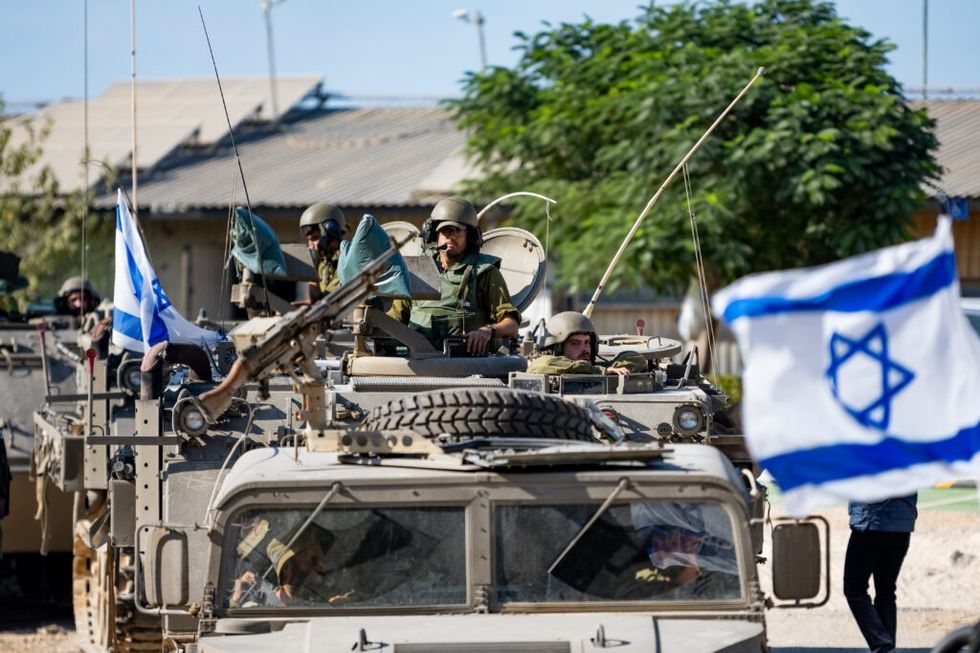
The human cost
Israel’s war against Hamas has come at a staggering cost in pain and loss for the Palestinian people. More than 13,000 children are believed to be among the 33,000 dead, and more than 75,000 have been wounded. Increasingly, Gaza's injured are treated with minimal medication, brought to surgery without anesthesia or offered no surgery at all. In some cases there is no hospital to go to.
The UN says some 1,700,000 people in Gaza - more than ¾ of the pre-war population - have been forced to flee their homes.
Humanitarian aid has come by the thousands of truckloads, but only in fits and starts and by all accounts not nearly enough to care for the civilian population. Hamas and many international aid organizations have blamed Israel for the roadblocks, while Israel has said Hamas has hoarded available supplies. Nations frustrated by the slow pace of deliveries have resorted to parachute drops of aid, and a plan is in the works to open a port on Gaza’s Mediterranean coast to facilitate shipments of aid.
None of it is easy. And dangers abound. At least 203 aid workers have been killed in Gaza since October 7, according to the Aid Worker Security Database. And this week, after seven employees of the global philanthropy World Central Kitchen were killed in an Israeli airstrike, some aid organizations halted their operations.
Six months into the war, famine is now part of the conversation in Gaza. The global hunger monitor Integrated Food-Security Phase Classification (IPC) says Gaza has already met two criteria for famine - food shortage and acute malnutrition - and that the third, deaths from starvation, will come in May without an immediate surge in aid.
This week, Reuters reported from southern Gaza that some residents have taken to feeding their children boiled leaves.
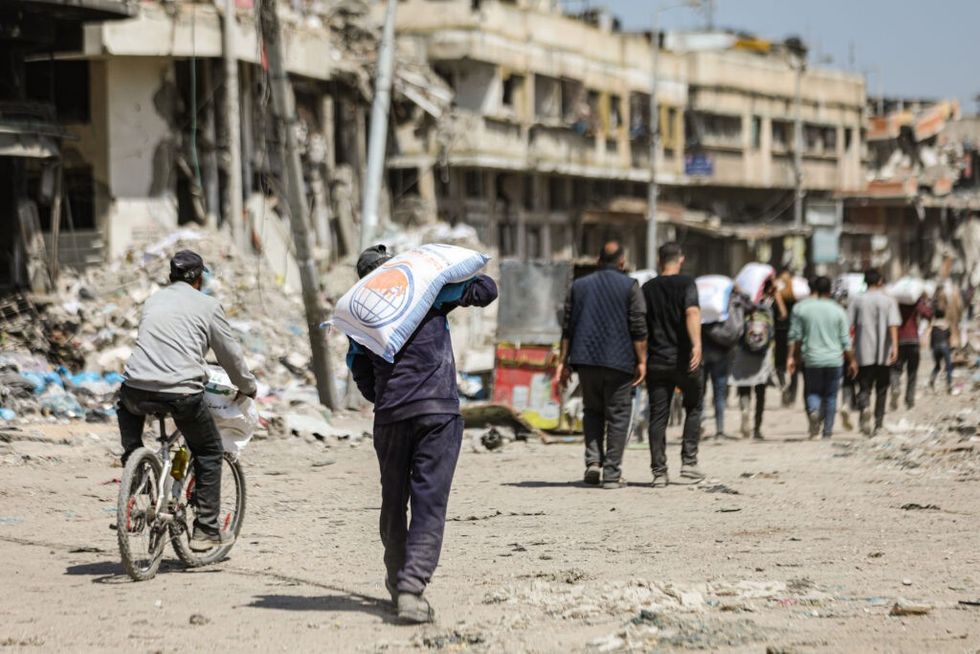
Israel and the world
On October 8, Israel received expressions of sympathy from nearly every corner of the world. It was, for a moment, not unlike the embrace the U.S. had felt on September 12, 2001. “We are all American,” a French newspaper headline said on that date. Sympathy for the U.S. eroded with its invasion of Iraq a year and a half later; in Israel’s case, the erosion has come much faster.
Six months later, Israel has lost what some refer to as the war of narratives.
“I think that Hamas has won the information war,” said Glenn Corn, a former Senior Executive in the CIA and a Cipher Brief expert. “This is one of their major objectives. Unfortunately, they're winning that war. The Israelis are in a very difficult situation.”
The sympathy for Israel is largely gone, not only in the region, but among more sympathetic populations in Europe and even many in the U.S., long Israel’s most steadfast ally. Specifically, Israel has been blamed for the high civilian toll, the shortages of humanitarian aid, and a refusal to heed calls for even brief halts to the fighting.
At every turn, Israel has answered its critics with one or more points: It was Hamas that started the war; it is Hamas that remains responsible for the fighting, given that it continues to hold hostages and its fighters take shelter in hospitals and civilian neighborhoods; and even brief pauses in the fighting would benefit Hamas by allowing it time to regroup and rearm.
Outside Israel, those arguments have worn thin. The cover of the March 23 edition of The Economist carried a stark message: a Star of David flag flying in a desert, and the headline: “Israel, alone.”
Iran’s proxies - and fears of a wider war
The past six months have also brought fresh focus to a constellation of groups that receive support from Iran and are dedicated to wiping Israel from the map. Hamas itself has long received backing from Iran; so have Hezbollah in southern Lebanon, the Houthi rebels in Yemen and smaller militias that operate in the region.
Bruce Hoffman, a Cipher Brief expert who served as a commissioner on the FBI 9/11 Review Commission, said a core lesson of the last six months has been “Iran's destabilizing role across the Middle East via its proxies, and how critical its financial and military support are to groups like Hamas.”
Many analysts expected Hezbollah to use its formidable arsenal against Israel in the aftermath of October 7, as a way of showing support for Hamas and drawing Israel into war on a second front. While a dangerous back-and-forth has played out along the Israel-Lebanon border - CSIS gave a count in late March of more than 4,400 rocket, missile and other attacks by Israel and Hezbollah combined since October 7 - that remains a relatively low-boil conflict.
The surprise disrupter among these groups has been the Houthis in Yemen. In a campaign that began in November, the Houthis have aimed their arsenal of drones and missiles not at Israel, but at Red Sea shipping. The Houthis have attacked commercial and naval vessels in the Red Sea more than 60 times, forcing cargo vessels to divert to routes around southern Africa. While the U.S. has led a multinational coalition in striking back against Houthi targets - and this week there were suggestions the Houthi attacks may be ebbing - maritime traffic in the southern Red Sea has fallen by roughly 70% since early December.
As for the smaller Iran-backed groups, they have taken aim at American bases in Iraq and Syria, and it was one such group - the Islamic Resistance in Iraq - that claimed responsibility for the only American military fatalities in the war thus far: three soldiers killed at the Tower 22 base along the Jordan-Syria border in January.
James Jeffrey, a former U.S. Ambassador to Iraq and Turkey and a Cipher Brief expert, said the war has shown that the U.S. and other Western governments have been too slow to respond to the threat posed by Iran and its proxies - what he described as “a failure of those governments and peoples to understand the nature of war as our enemies do.”
Amb. Jeffrey added that “the necessary absolute priority to winning in the face of threats such as those of Iran and allies following October 7th…is routinely but decisively impeded by prioritization of secondary factors - humanitarian considerations, fear of escalation” and more.
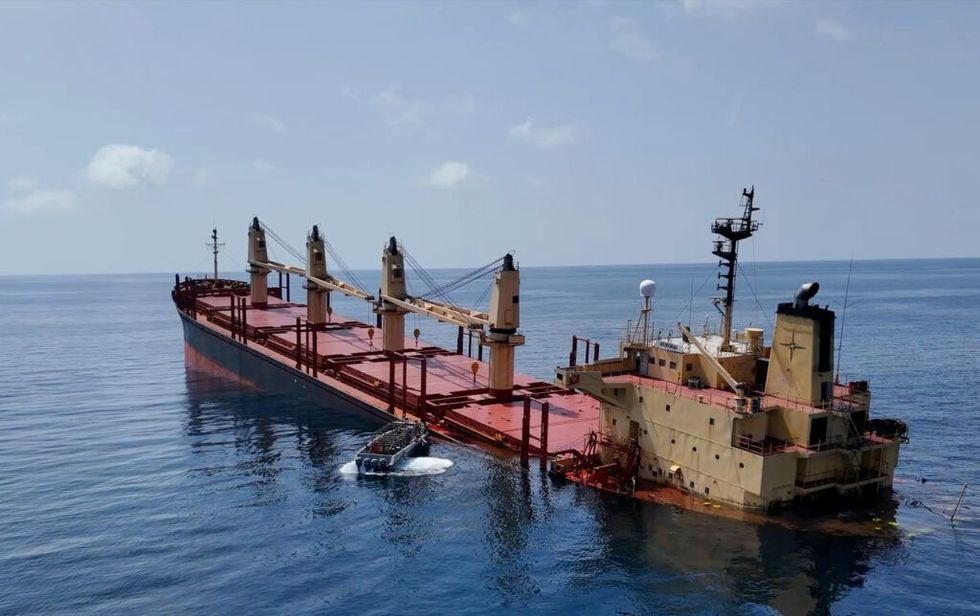
Endgames
Nearly every week, almost since the beginning of the war, fresh hopes for diplomacy flicker - in Qatar or Egypt, in public diplomacy or back-channel conversations. On the table are the fate of the hostages, new tranches of aid, halts in the fighting and - sometimes - the fate of the Hamas leaders and the future of Gaza. Almost none of these efforts have borne fruit.
In part that is because for Hamas, laying down arms or releasing its hostages would mean surrendering whatever leverage it has left; and in Israel, while polls show almost no support for Netanyahu, there is continued backing for the original mission of destroying Hamas.
And while the Biden Administration (and more recently even the staunchly pro-Israel Senate Majority Leader Chuck Schumer) has been critical of Israel - including White House expressions of “outrage” this week, after the killings of the World Central Kitchen volunteers - the criticisms haven’t come with any “or else.” President Biden’s Thursday call with Netanyahu - in which the White House said he threatened to withhold future American support depending on Israeli efforts to protect civilians and aid workers - may change that. But since October 7, the U.S. has boosted its military support for Israel.
John McLaughlin, a former acting director of the CIA and a Cipher Brief expert, said the war has demonstrated both the urgency of a two-state solution and the profound difficulty in getting it done.
“October 7 and its aftermath have refocused attention on the two-state solution as the only feasible solution to the Israeli-Palestinian conflict,” McLaughlin told The Cipher Brief, “while simultaneously moving the two parties further apart and showing its proponents how near-to-impossible it will be to achieve that outcome. Seldom has a major conflict left its combatants and their supporters with such a narrow range of options for ending the battle and moving on to a more peaceful future.”
Hard as it may be to end the war, many experts worry most about the absence of a post-war plan - or at least a plan that the current Israeli government might support.
“We still don't see a clear plan from the Israeli side for post-war governance in Gaza, let alone the West Bank,” said Ralph Goff, a former CIA Senior Intelligence Executive and a Cipher Brief expert. “And that's an open question that needs to be resolved.”
At some point two million Palestinians - many of them wounded, homeless and traumatized - will need to restart their lives. A report this week from the World Bank and the European Union found that the war has caused $18.5 billion in damage to Gaza’s infrastructure - the rough equivalent of a year’s economic activity in Gaza and the West Bank.
Ali said the post-war challenges would reach from Gaza itself to Israel and beyond.
“Palestinian civilians who cannot leave Gaza, large portions of the territory that are physically destroyed which will require billions of dollars in post-conflict reconstruction, an emboldened Iranian-led 'axis of resistance' with proxy groups in Iraq, Syria, Yemen, and Lebanon engaging in near daily skirmishes, an increasingly polarized domestic Israeli population that supports Israel's military campaign but also finds Netanyahu increasingly unpopular, and a diplomatic landscape with Arab countries likely to slow down or halt the pace of normalization with Israel.”
That’s an agenda for the day after. For now, six months on, the war rages.
Read more expert-driven national security insights, perspective and analysis in The Cipher Brief.




